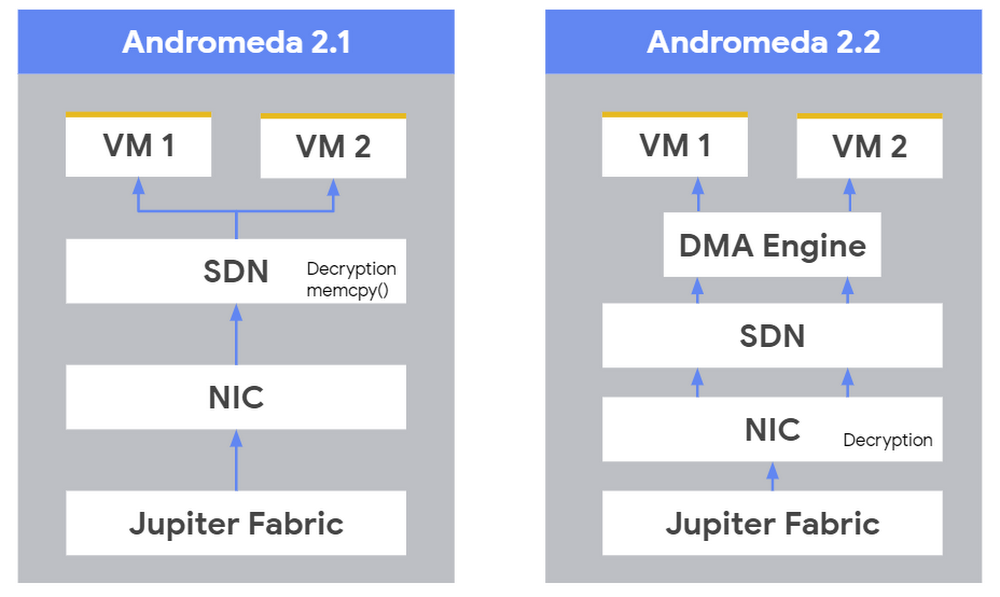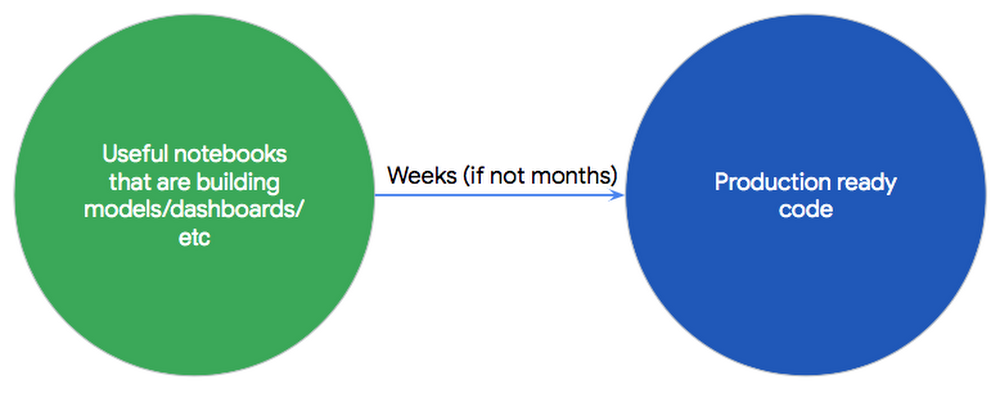The world of computing goes deep and wide in regards to working on issues related to our environment, economy, energy, and public health systems. These needs require modern, advanced solutions that can be hard to scale, take a long time to deliver, and were traditionally limited to a few organizations. Microsoft Azure delivers high-performance computing (HPC) capability and tools to power solutions that address these challenges integrated into a global-scale cloud platform.
Join us in Frankfurt, Germany from June 17–19, 2019 at the world's second-largest supercomputing show, ISC High Performance 2019. Learn how Azure customers combine the flexibility and elasticity of the cloud and how to integrate both our specialized compute virtual machines (VMs), as well as bare-metal offerings from Cray.
Microsoft booth presentations and topics include:
How to achieve high-performance computing on Azure
Cray Supercomputing on Azure
Cray ClusterStor on Azure with H-Series VMs
AI and HPC with NVIDIA
Autonomous driving
Live demos
Case studies from partners and customers
More about our recently launched HB and HC virtual machines
To learn more, please come by the Microsoft booth, K-530, and say "hello" on June 17 and June 19.
Microsoft, AMD, and Cray breakfast at ISC
Please join us for a co-hosted breakfast with Microsoft, AMD, and Cray on June 19, 2019 where we will discuss how to successful support your large scale HPC jobs in the cloud. In this session we will discuss our recently launched offers with Cray in Azure, as well as the Azure HB-series VMs optimized for applications driven by memory bandwidth, all powered by AMD EPYC processors. The breakfast is at the Frankfurt Marriott in Gold I-III (1st Floor) from 7:45 AM – 9:00 AM. Please feel free to register for this event.
Supercomputing in the cloud
Building on our strong relationship with Cray, we’re excited to showcase our three new dedicated offerings at ISC. We look forward to showcasing our accelerated innovation and delivery of next generation HPC and AI technologies to Azure customers.
We’re looking forward to seeing you at ISC.
Microsoft's ISC schedule
Tuesday, June 18, 2019
10:30 AM –
10:50 AM
Speaker
Burak Yenier, CEO, TheUberCloud Inc.
Title
UberCloud and Microsoft are helping customers move their engineering workload to Azure
11:30 AM –
11:50 AM
Speaker
Mohammad Zamaninasab, AI TSP GBB, Microsoft
Title
Artificial intelligence with Azure Machine Learning, Cognitive Services, DataBricks
12:30 PM –
12:50 PM
Speaker
Dr. Ulrich Knechtel, CSP Manager – EMEA, NVIDIA
Title
Accelerate your HPC workloads with NVIDIA GPUs on Azure
1:30 PM –
1:50 PM
Speaker
Uli Plechschmidt, Storage Marketing, Cray
Title
Why moving large scale, extremely I/O intensive HPC applications to Microsoft Azure is now possible
2:30 PM –
2:50 PM
Speaker
Joseph George, Executive Director, Cray Inc.
Title
5 reasons why you can maximize your manufacturing environment with Cray in Azure
3:30 PM –
3:50 PM
Speaker
Martin Hilgeman, Senior Manager, AMD HPC Centre of Excellence
Title
Turbocharging HPC in the cloud with AMD EPYC
4:30 PM –
4:50 PM
Speaker
Evan Burness, Principal Program Manager, Azure HPC, Microsoft
Title
HPC infrastructure in Azure
5:30 PM –
5:50 PM
Speaker
Niko Dukic, Senior Program Manager for Azure Storage, Microsoft
Title
Azure Storage ready for HPC
Wednesday, June 19, 2019
10:30 AM –
10:50 AM
Speaker
Gabriel Broner, Vice President and General Manager of HPC, Rscale Inc.
Title
Rescale HPC platform on Microsoft Azure
11:30 AM –
11:50 AM
Speaker
Martijn de Vries, CTO, Bright Computing
Title
Enabling hybrid clusters that span on-premises and Microsoft Azure
12:30 PM –
12:50 PM
Speaker
Rob Futrik, Program Manager, Microsoft
Title
HPC Clustermanagement in Azure via Microsoft programs: CycleCloud / Azure Batch / HP Pack
1:30 PM –
1:50 PM
Speaker
Christopher Woll, CTO, GNS Systems
Title
Digital Engineering Center – The HPC Workplace of tomorrow already today
2:30 PM –
2:50 PM
Speaker
Addison Snell, CEO, Intersect360 Research
Title
HPC and AI market update
3:30 PM –
3:50 PM
Speaker
Rick Watkins, Director of Appliance and Cloud Solutions, Altair
Title
Altair HyperWorks Unlimited Virtual Appliance (HWUL-VA) – Easy to use HPC-Powered CAE solvers running on Azure
4:30 PM –
4:50 PM
Speaker
Gabriel Sallah, PSE GBB, Microsoft
Title
Deploying autonomous driving on Azure
5:30 PM –
5:50 PM
Speaker
Brock Taylor, Engineering Director and HPC Solutions Architect
Title
HPC as a service on-premises and off-premises considerations for the cloud
Quelle: Azure








